#the raven poem
Text
#cc#music#edgar allen poe#the tell tale heart#the cask of amontillado#annabel lee#the fall of the house of usher#the bells poe#the purloined letter#the masque of the red death#the raven poem
8K notes
·
View notes
Text

Illustration for “The Raven” from The Raven and Other Poems – John R. Neill // Halloween – Noah Kahan
#charlotte's halloween celebration#the raven#edgar allan poe#the raven poem#john r neill#ghost#halloween#halloween noah kahan#stick season#stick season we’ll all be here forever#stick season noah kahan#noah kahan#spooky art#art#art history#lyrics#lyric art#tw ghosts
431 notes
·
View notes
Text
⋆ ♱ THE GUILD LITERARY REFERENCES ♱ ⋆


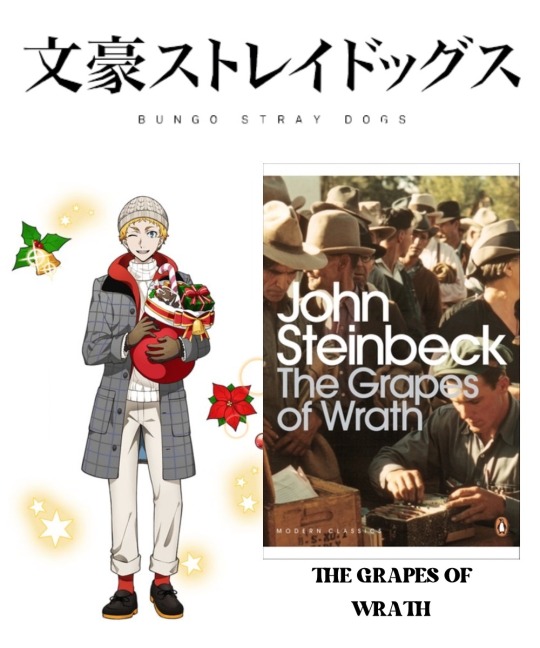


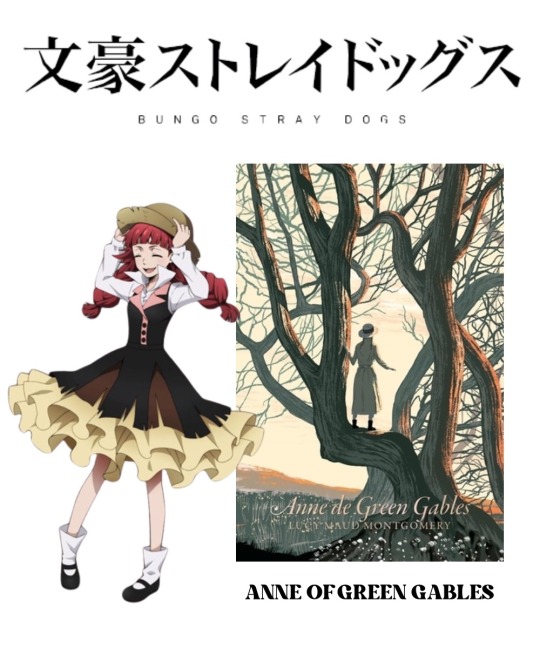




#bsd#bungou stray dogs#bungo stray dogs dazai#bungou gay dogs#bsd francis#bsd poe#edgar allen poe bsd#the raven poem#the black cat#anime#manga#bsd anime#aesthetic#english literature#little women#louisa may alcott#anne of green gables#lucy bsd#lovecraft#kafka asagiri#the guild bsd#bsd s2
167 notes
·
View notes
Text

Sorry for the delay.
Presenting: 🐦⬛ The Murder 🐦⬛
#dark academia#dark aesthetic#dark poetry#short poetry#poetry#alternative#darkpoetsociety#aesthetic#horror poetry#dark poem#tw murder#crows#the raven poem#horror story#horror#scary stories#scary art#dark acamedia#dark moodboard#gore lover#soft gore#soft grunge
56 notes
·
View notes
Text
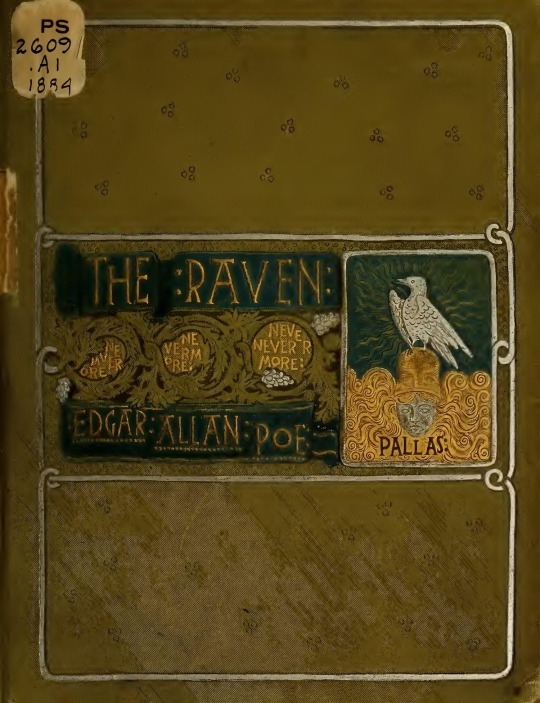
THE RAVEN by Edgar Allan Poe (New York: Dutton, 1884) Profusely illustrated by W.L. Taylor
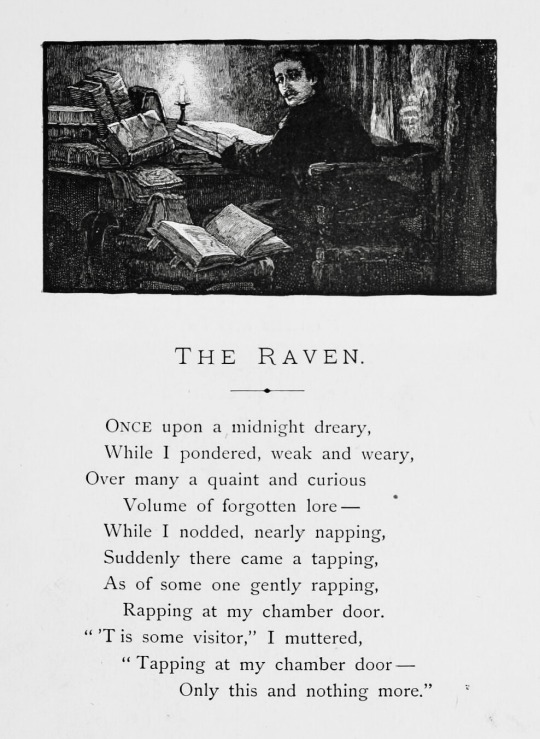



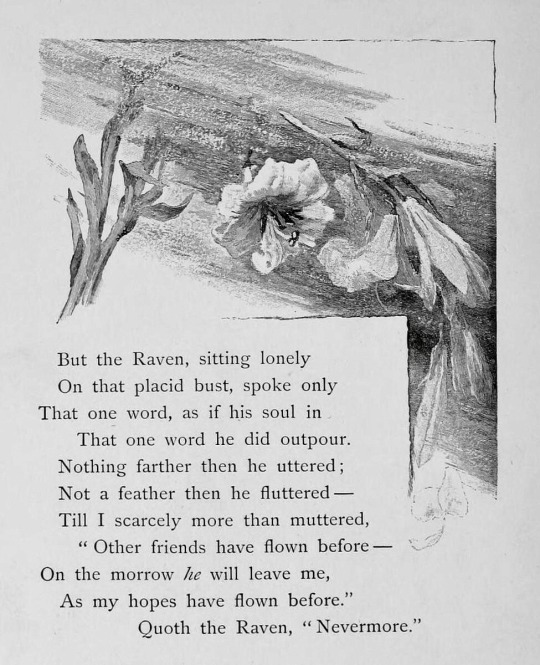
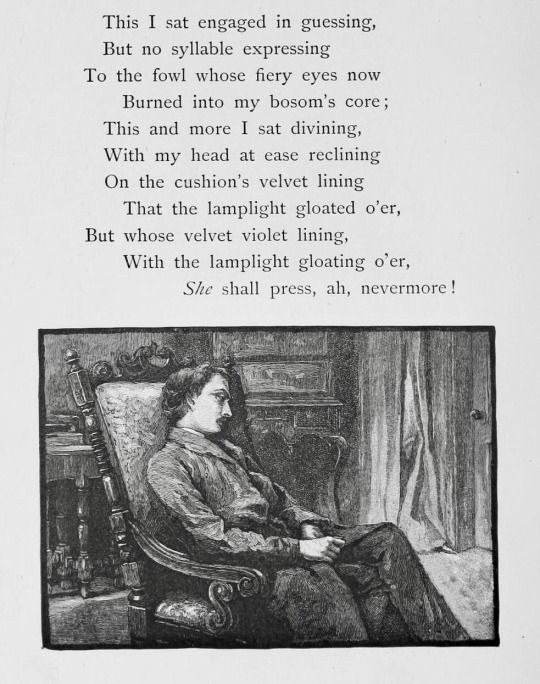
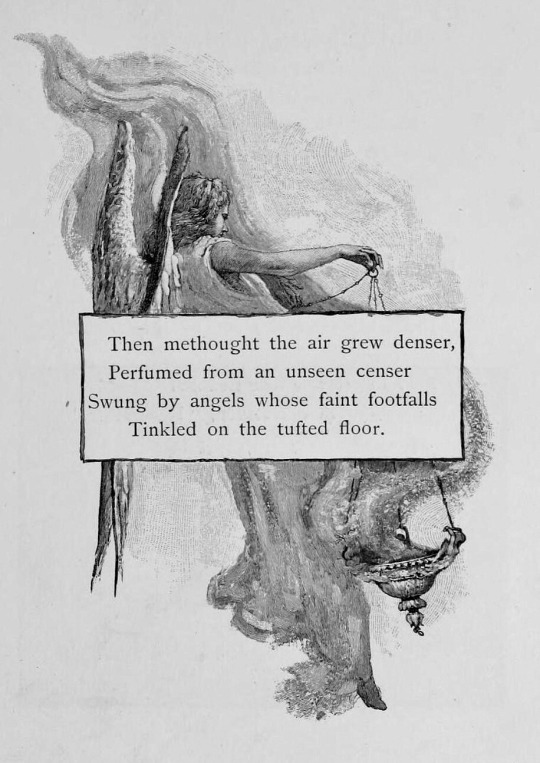


source
#beautiful books#book blog#books books books#book cover#books#illustrated book#vintage books#edgar allan poe#the raven poem#victorian era#poetry#book design
171 notes
·
View notes
Text
A Comparison: Edgar Allen Poe's and his works to All for the Game
This is a dramatic and unnecessary comparison, one that I'm not entirely certain Nora did purposefully (though I remain hopeful), but nevertheless we have come to a conclusion.
An initial first look would instantly have me foaming at the mouth to mention that Edgar Allen Poe and Neil Josten (read - Nathaniel Wesninski) have the same birthday, alluding to the idea that Nathaniel had been and would always be intrinsically tied to Edgar Allen University, Riko, and the Ravens until Nathaniel is officially buried in baltimore and Neil is born legally in the FBI database and assuming a new birthday that is entirely his own, therefor cutting ties once and for all with Edgar Allen University and the trauma that it holds, in relation to both Riko and his Father. This is semi ironic as while Nathaniel died in baltimore and rose again as Neil ( “leave Nathaniel buried in baltimore” Andrew said,) Edgar Allen Poe also died in the same city under ‘mysterious circumstances,’ of which is where I like to think that Nora got her location inspiration, (both that and Baltimore having one of the highest rates of corrupt law enforcement, but that's neither here nor there.) These links only continue as Poe watched his mother die before living and being educated in numerous places around the US, England, and France, of which similarly seems to mirror Neil’s own childhood.
Edgar Allen Poe wrote his infamous ‘The Raven’ while in West Virginia, likely being the reason that Edgar Allen university is located there in All For The Game and the decision for the exy team to be titled The Ravens as a result, a particular point of interest as the contents of the ‘The Raven’ represent the madness someone descends into once their love is lost; this mimics the relationship between Riko and Kevin, with the formers sanity spiralling from his control once Kevin is lost, (with it also notable to point out that Riko and Kevin were originally written to be lovers, furthering this mirroring to the poem.) The symbolism for the Ravens represent a ‘bird of ill omen’ and seem to foreshadow the downfall of Poe's character as he was surrounded by them, as well as Rikos’ by being in the nest, with Poe also stating that the character is “distorted by his obsessive attachment.” Both Jean and Kevin escaping these ravens and having a promising ending reinforces this intention by Nora.
The idea of these Ravens that Poe writes about seem to also mirror Neil’s relationship to the nest, with the ravens in the poem coming to “Bellow for Revenge” on a “Drear-Nighted December.” A startling similarity to Riko forcing Neil to go to the nest over Christmas. The Nest being entirely painted black seems to also reference Poe’s poem in which the speaker enters the door into “darkness there and nothing more,” such as Neil would have done upon entering the Nest at the beginning of December, once again referenced almost directly as Jean tells Neil to look at the sky one final time as he wouldn’t see it again throughout Christmas.
This choice of a raven, in all, is chosen by Poe and seemingly Nora to symbolically represent the personification of death and the Narrator's impending fate, in this case being Neil’s knowledge that he will die by the hands of his father.
Edgar Allen Poe also coined the terms Evermore and Nevermore, with Evermore meaning that loss will always be apart of life, fitting as the characters in All For The Game all seem to go the Castle Evermore upon losing somebody and therefor unable to grieve, such as Jean losing his Family, Kevin loosing his mother, and even Riko losing his birth family, with only Kevin and Jean able to overcome that grief once leaving the Castle Evermore. Nevermore, however, means that one can never hold onto what they have, with the Narrator of Poe’s poem chanting the word once succumbing to madness from the loss of his partner, implicating the idea in All For The Game that no matter the circumstances, Riko never would have managed to keep Kevin in the long run, always ensuing the same fate.
I’m sure that there are mountains more connections that I’m yet to explore, with vague links to addiction regarding Andrew that even I know is a stretch at best, yet I see so little people talking about the random horrifying literature references sprinkled throughout the series that I had to do it myself. Sue me.
#if there are spelling mistakes it’s because I refuse to read this back#because I know I’ll sound crazy and I’m living in denial#aftg#all for the game#tfc#the foxhole court#Neil josten#Andrew minyard#analysis#character analysis#literary analysis#essay writing#essay#edgar allen poe#Riko moriyama#edgar allen ravens#Kevin Day#comparitive essay#the foxes#the raven poem#meta#discourse
80 notes
·
View notes
Text
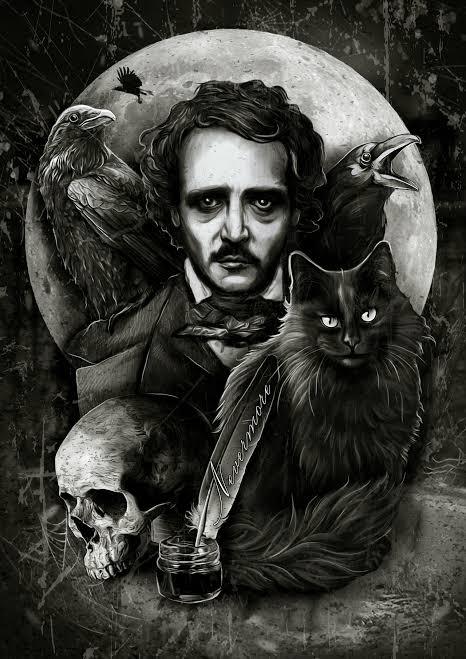
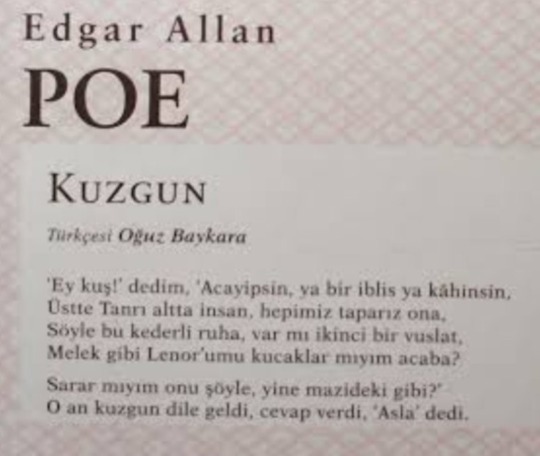
#edgarallanpoe#poem#şiir alıntısı#quotes#şair sözleri#kitaplar#kuzgun#the raven poem#aesthetic#photoshop#writing#photography#aşk sözleri#aşka dair#aşk sevgi#kara sevda#aşk şiiri#first post#thx
40 notes
·
View notes
Text

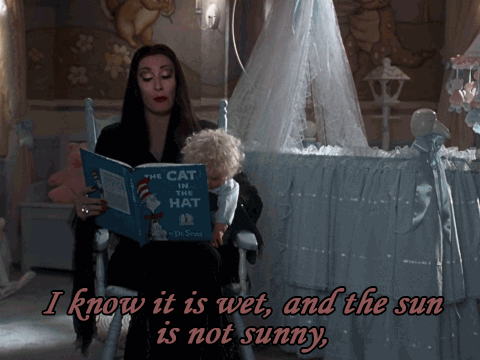
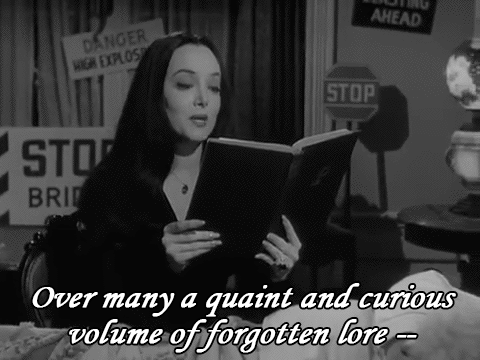
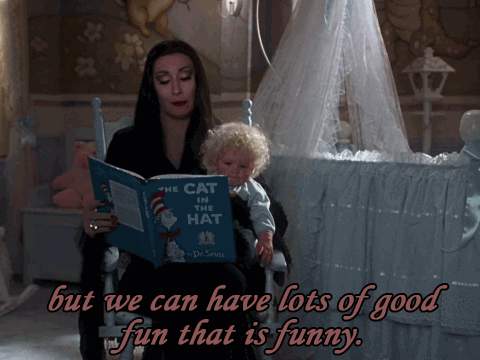






Morticia reads to her child
The Raven // The Cat in the Hat
The Addams Family series (1964-1966) // Addams Family Values (1993)
#the addams family#morticia addams#pugsley addams#pubert addams#the addams family 1964#addams family values#addams family#the cat in the hat#the raven poem#edgar allen poe#damn i wish my mom was reading the raven for me when i was a child#gifset
349 notes
·
View notes
Text
Edgar Allan Poe went hard when he said " Once upon a midnight dreary, while I pondered, weak and weary, Over many a quaint and curious volume of forgotten lore."
#edgar allen ravens#edgar allan bro#edgar allen poe's murder mystery dinner party#edgar allan poe#stan edgar#the raven poem#tell tale heart#edgar allen poe daily#edgar allan ravens#edgar allen poe quote#edgar allen poe x reader#sad poems#edgar allen poe bsd#dark academism#dark acamedia#dark acadamia aesthetic#dark academia
200 notes
·
View notes
Text
The Raven, by Edgar Allen Poe.
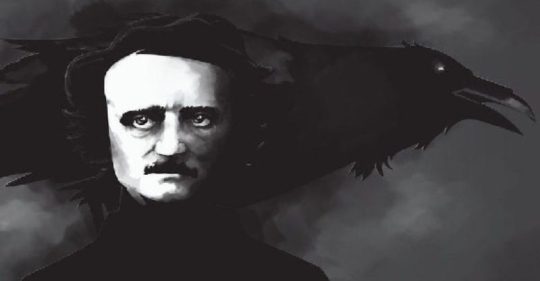
Today, we will be talking about The Raven by Edgar Allan Poe.
The Raven is a poem that was first published in 1845 and has become one of the most famous poems in western literature. It is a narrative poem that tells the story of a man who is visited by a raven one night as he is grieving the loss of his lover,Lenore.
The poem is written in trochaic octameter, which means that each line has eight stressed syllables followed by eight unstressed syllables. The use of this meter gives the poem a haunting, rhythmic quality that adds to its eerie atmosphere(reading this as child was like watching a horror movie ngl).
It begins with the narrator reading a book as he tries to forget about his lost love, However he is interrupted by a tapping at his chamber door, and when he opens it, he finds nothing there. He repeats this process several times, becoming increasingly agitated, until a raven enters his room and perches upon a bust of Pallas Athena(the audacity of this bish).
The narrator tries to engage the raven in conversation, asking it questions about its identity and its purpose for visiting him. the raven only responds with the repeated phrase "Nevermore," which gradually drives the narrator to despair.
Throughout the poem, Poe employs a range of literary techniques to create a sense of foreboding and uneas. For example, he uses alliteration and internal rhyme to create a sense of repetition and monotony, which reflects the narrator's growing frustration with the ravens unchanging response. Additionally, he uses vivid imagery to create a sense of darkness and decay, with references to the "bleak December" night and the "grim, ungainly, ghastly, gaunt, and ominous" raven.
Overall i find that the The Raven is a haunting and evocative poem that has stood the test of time, and has definitely made an impression on me as a writer. It has also in my opinion been a significant influence on the development of modernism in poetry. Modernist poets, such as T.S. Eliot and Ezra Pound, were influenced by Poe's use of rhythm and meter, as well as his ability to create a unified, cohesive work of art. Ithink jts safe to say it had a profound impact on the poetry scene, helping to establish new forms of poetry and new ways of thinking about the art of poetry. Its influence can still be seen in modern poetry, where poets continue to experiment with new forms and styles, where symbolism and the use of the first-person narrator remain prominent features of the art form.
Throughrough out it leads your heart into a frenzy that lingers long after the poem has been read, undoubtedly one of my favourite reads. Feel free to Share you own thoughts and interpretations.
For those who haven't had the pleasure of reading this poem before here you go! Enjoy!
The Raven
BY EDGAR ALLAN POE
Once upon a midnight dreary, while I pondered, weak and weary,
Over many a quaint and curious volume of forgotten lore—
While I nodded, nearly napping, suddenly there came a tapping,
As of some one gently rapping, rapping at my chamber door.
“’Tis some visitor,” I muttered, “tapping at my chamber door—
Only this and nothing more.”
Ah, distinctly I remember it was in the bleak December;
And each separate dying ember wrought its ghost upon the floor.
Eagerly I wished the morrow;—vainly I had sought to borrow
From my books surcease of sorrow—sorrow for the lost Lenore—
For the rare and radiant maiden whom the angels name Lenore—
Nameless here for evermore.
And the silken, sad, uncertain rustling of each purple curtain
Thrilled me—filled me with fantastic terrors never felt before;
So that now, to still the beating of my heart, I stood repeating
“’Tis some visitor entreating entrance at my chamber door—
Some late visitor entreating entrance at my chamber door;—
This it is and nothing more.”
Presently my soul grew stronger; hesitating then no longer,
“Sir,” said I, “or Madam, truly your forgiveness I implore;
But the fact is I was napping, and so gently you came rapping,
And so faintly you came tapping, tapping at my chamber door,
That I scarce was sure I heard you”—here I opened wide the door;—
Darkness there and nothing more.
Deep into that darkness peering, long I stood there wondering, fearing,
Doubting, dreaming dreams no mortal ever dared to dream before;
But the silence was unbroken, and the stillness gave no token,
And the only word there spoken was the whispered word, “Lenore?”
This I whispered, and an echo murmured back the word, “Lenore!”—
Merely this and nothing more.
Back into the chamber turning, all my soul within me burning,
Soon again I heard a tapping somewhat louder than before.
“Surely,” said I, “surely that is something at my window lattice;
Let me see, then, what thereat is, and this mystery explore—
Let my heart be still a moment and this mystery explore;—
’Tis the wind and nothing more!”
Open here I flung the shutter, when, with many a flirt and flutter,
In there stepped a stately Raven of the saintly days of yore;
Not the least obeisance made he; not a minute stopped or stayed he;
But, with mien of lord or lady, perched above my chamber door—
Perched upon a bust of Pallas just above my chamber door—
Perched, and sat, and nothing more.
Then this ebony bird beguiling my sad fancy into smiling,
By the grave and stern decorum of the countenance it wore,
“Though thy crest be shorn and shaven, thou,” I said, “art sure no craven,
Ghastly grim and ancient Raven wandering from the Nightly shore—
Tell me what thy lordly name is on the Night’s Plutonian shore!”
Quoth the Raven “Nevermore.”
Much I marvelled this ungainly fowl to hear discourse so plainly,
Though its answer little meaning—little relevancy bore;
For we cannot help agreeing that no living human being
Ever yet was blessed with seeing bird above his chamber door—
Bird or beast upon the sculptured bust above his chamber door,
With such name as “Nevermore.”
But the Raven, sitting lonely on the placid bust, spoke only
That one word, as if his soul in that one word he did outpour.
Nothing farther then he uttered—not a feather then he fluttered—
Till I scarcely more than muttered “Other friends have flown before—
On the morrow he will leave me, as my Hopes have flown before.”
Then the bird said “Nevermore.”
Startled at the stillness broken by reply so aptly spoken,
“Doubtless,” said I, “what it utters is its only stock and store
Caught from some unhappy master whom unmerciful Disaster
Followed fast and followed faster till his songs one burden bore—
Till the dirges of his Hope that melancholy burden bore
Of ‘Never—nevermore’.”
But the Raven still beguiling all my fancy into smiling,
Straight I wheeled a cushioned seat in front of bird, and bust and door;
Then, upon the velvet sinking, I betook myself to linking
Fancy unto fancy, thinking what this ominous bird of yore—
What this grim, ungainly, ghastly, gaunt, and ominous bird of yore
Meant in croaking “Nevermore.”
This I sat engaged in guessing, but no syllable expressing
To the fowl whose fiery eyes now burned into my bosom’s core;
This and more I sat divining, with my head at ease reclining
On the cushion’s velvet lining that the lamp-light gloated o’er,
But whose velvet-violet lining with the lamp-light gloating o’er,
She shall press, ah, nevermore!
Then, methought, the air grew denser, perfumed from an unseen censer
Swung by Seraphim whose foot-falls tinkled on the tufted floor.
“Wretch,” I cried, “thy God hath lent thee—by these angels he hath sent thee
Respite—respite and nepenthe from thy memories of Lenore;
Quaff, oh quaff this kind nepenthe and forget this lost Lenore!”
Quoth the Raven “Nevermore.”
“Prophet!” said I, “thing of evil!—prophet still, if bird or devil!—
Whether Tempter sent, or whether tempest tossed thee here ashore,
Desolate yet all undaunted, on this desert land enchanted—
On this home by Horror haunted—tell me truly, I implore—
Is there—is there balm in Gilead?—tell me—tell me, I implore!”
Quoth the Raven “Nevermore.”
“Prophet!” said I, “thing of evil!—prophet still, if bird or devil!
By that Heaven that bends above us—by that God we both adore—
Tell this soul with sorrow laden if, within the distant Aidenn,
It shall clasp a sainted maiden whom the angels name Lenore—
Clasp a rare and radiant maiden whom the angels name Lenore.”
Quoth the Raven “Nevermore.”
“Be that word our sign of parting, bird or fiend!” I shrieked, upstarting—
“Get thee back into the tempest and the Night’s Plutonian shore!
Leave no black plume as a token of that lie thy soul hath spoken!
Leave my loneliness unbroken!—quit the bust above my door!
Take thy beak from out my heart, and take thy form from off my door!”
Quoth the Raven “Nevermore.”
And the Raven, never flitting, still is sitting, still is sitting
On the pallid bust of Pallas just above my chamber door;
And his eyes have all the seeming of a demon’s that is dreaming,
And the lamp-light o’er him streaming throws his shadow on the floor;
And my soul from out that shadow that lies floating on the floor
Shall be lifted—nevermore!
#the raven poem#edgar allan poe#famous poets#poetry#poetry analysis#poems on tumblr#literature analysis#literature#poetblr#dailypoetryforyou#writeblr#daily poems#poem analysis#writers and poets
34 notes
·
View notes
Text

8x10, hand cut, mixed media collage
#collage#collage art#dark art#paper collage#paper art#cutandpaste#artists on tumblr#gothic art#illustration#dark aesthetic#surrealism#esoteric#esoteric art#tattoo inspo#Poe#edgar allen poe#the raven poem#Halloween art#gothic literature
87 notes
·
View notes
Text
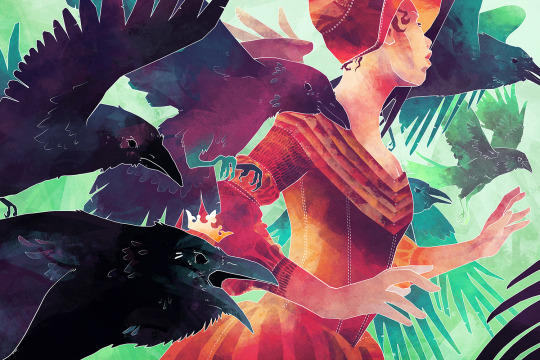
A reimagining of 'The Raven' by Edgar Allan Poe.
I always felt that Lenore had more to her story than the narrator in The Raven led on; she is not just a footnote in his story. If we wish to continue to have our classics read and interpreted in the modern day we must continue to reinterpret them. So here she has become one with the Ravens and will cease to return to the narrator’s side. Quoth the Raven “Nevermore.”
“Eagerly I wished the morrow;—
vainly I had sought to borrow
From my books surcease of sorrow—
sorrow for the lost Lenore—
For the rare and radiant maiden whom the angels name Lenore—
Nameless here for evermore.”
Available for purchase on my shop HERE!
21 notes
·
View notes
Text

Here’s Edgar Allan Poe and his famous literary creation: “The Raven”🐦⬛
It’s my favorite story by the late and great chilling writer. So I’ve decided to draw Mr. Poe and the Raven together for Macabre Monday!
#mine: post#artists on tumblr#mine: art#artists on instagram#mine: drawing#artists on artfol#artists on artstation#artists on discord#artists on twitter#art#mine: pencil art#edgar allan poe#the raven poem#the raven#macabre monday#macabre art#horror art#horror story#horror writers#literature and art#raven art#raven#original art#pencil art#pencil drawing#pencil sketch#american literature#fanart#traditional art#horror sketch
7 notes
·
View notes
Text

THE RAVEN AND OTHER POEMS by Edgar Allan Poe. Illuminations and art binding by Alberto Sangorski of Riviere & Son. (1926-1927)


#beautiful books#book blog#books books books#book cover#books#illustrated book#vintage books#sangorski and sutcliffe#edgar allan poe#the raven poem#art binding
163 notes
·
View notes
Text

Then this ebony bird beguiling my sad fancy into smiling,
By the grave and stern decorum of the countenance it wore,
“Though thy crest be shorn and shaven, thou,” I said, “art sure no craven,
Ghastly grim and ancient Raven wandering from the Nightly shore—
Tell me what thy lordly name is on the Night’s Plutonian shore!”
Quoth the Raven “Nevermore.”
The Raven, Edgar Allen Poe
#edgar allen poe daily#edgar allan poe#the raven poem#nevermore#dark acadamia aesthetic#dark academia books#dark academic aesthetic#academia aesthetic#chaotic academia#poetry#poems on tumblr#literature
33 notes
·
View notes
Text
Poezinho
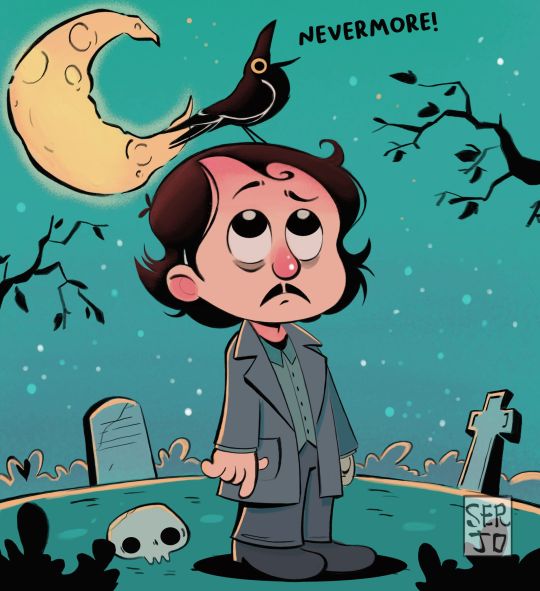
#edgar allan poe#the raven poem#illustration#artists on tumblr#artwork#brart#illustrators on tumblr#brazilian artist#brartist#cartoon
14 notes
·
View notes